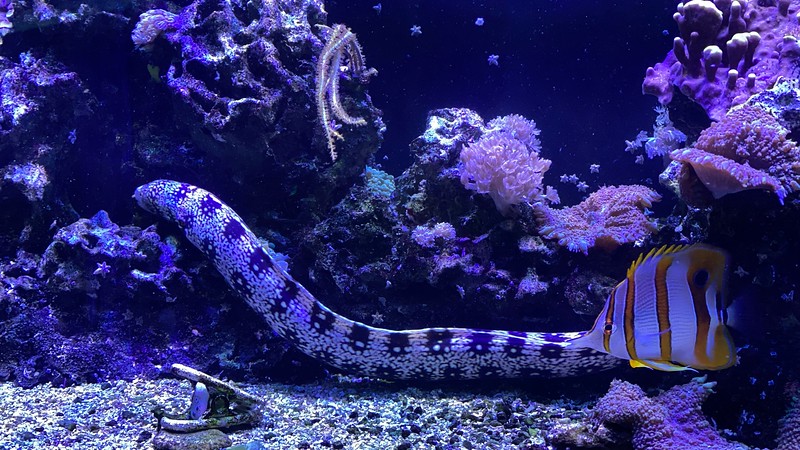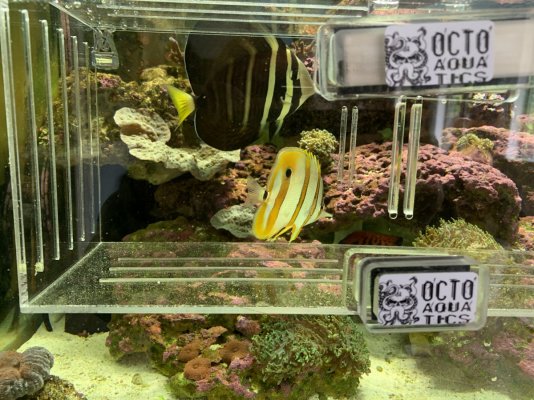Copperband butterfly fish: What you need to know?
Welcome back to the Royaltanks blog, I'm Marco and today we will tackl about a controversial topic: the maintenance in the aquarium of Chelmon rostratus. This magnificent butterfly fish, called Copperband, is a fish of peaceful nature, territorial and widespread between the Ryukyu islands and the Australian coasts. Its charm and commercial availability have made it one of the most desired specimens by aquarists all over the world, also becoming an icon of numerous brands or cartoons. In recent years the situation has developed that these animals are too fragile and doomed to certain death, will it really be so difficult to raise one? In the following article, based on my experience with these animals and that of other aquarists, comparing everything with various international articles, we will try to shed some light on the subject.
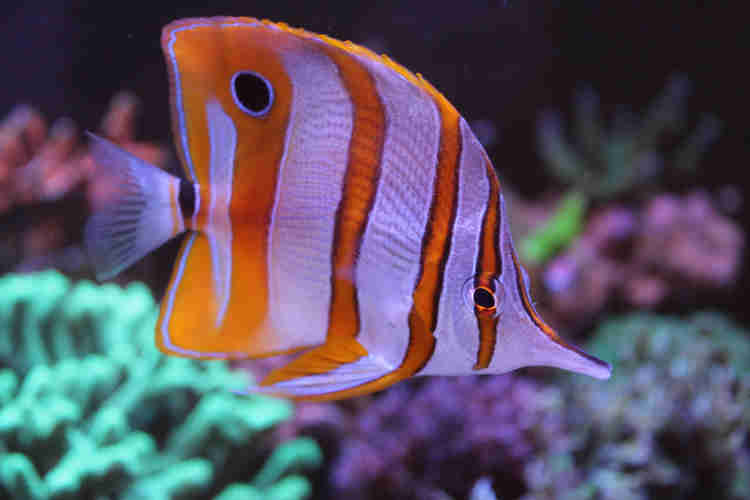
Import
A little known issue, to many reefers, is that relating to the importation of fish from the place of capture. To shed some light on the subject, we had the help of Andrea Testi (from the Corals Garden greenhouse). Taking advantage of his daily experience in this regard, I asked for clarification about rumors, almost legends, which circulate above all on social networks. Is it true that Chelmon die from being fished with cyanide? Andrea made it clear that, being cyanide extremely poisonous, it would lead to certain death in animals in a few weeks. Over time, those who used this technique were cut off from the importers themselves. We have serious shopkeepers and importers in Italy, so I can only advise you to choose the shop wisely in favor of those who do this very difficult job with passion and love. At this point, however, a doubt arose and I asked Andrea: "How many examples of those recently arrived have survived?" The answer, although I am aware that rostratus are hardy animals, has blown me away. Andrea has in fact confirmed to me that none of the latest specimens arrived had died from decay or disease. I want to clarify something that we often forget, ours is a wonderful hobby in which we handle extremely delicate animals, therefore it is always possible that the animal (whatever it is) dies for any reason.
The aquarium
We now dedicate ourselves to the host aquarium being, the environment in which it will live, one of the determining factors for its survival. Chelmon rostratus is a non-migratory fish linked to the Reef, this factor affects its behavior in the tank. In fact, it is not a great swimmer, but a fish that spends its days among the rocks in continuous search for something to eat with its elongated snout, thanks to which it is able to prey even in very small cracks. In my opinion, a suitable volume goes from 70 Gallons upwards, with a minimum aquarium length of 40 inches. An equally important aspect is constituted by the rocks: it is permissible that the newcomer needs days or even weeks of acclimatization, therefore the presence of rocks rich in biodiversity (and above all in good quantity) will guarantee an ideal place in which to insert our finned friend. .
A further factor to consider is the presence of members of the Acanthuridae family in the tank, in particular the Zebrasoma. When I acclimatized my rostratus I was unaware of the hostilities between these animals and the first few weeks the newcomer was constantly targeted by a Zebrasoma scopas (luckily my Chelmon was in great shape at the time of purchase and passed excellently hostilities, earning the respect of the "roommate" over time).
A further factor to consider is the presence of members of the Acanthuridae family in the tank, in particular the Zebrasoma. When I acclimatized my rostratus I was unaware of the hostilities between these animals and the first few weeks the newcomer was constantly targeted by a Zebrasoma scopas (luckily my Chelmon was in great shape at the time of purchase and passed excellently hostilities, earning the respect of the "roommate" over time).
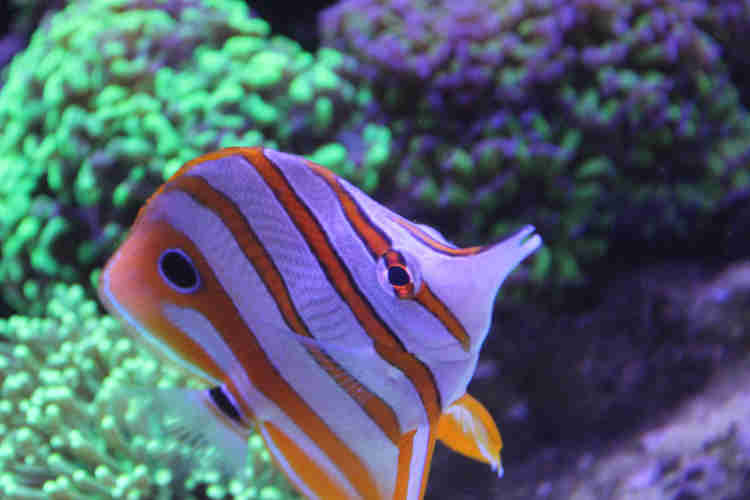
Feed
We find the greatest difficulties in feeding the specimen. The Chelmon rostratus is a purely carnivorous fish, whose diet is characterized by small annelids, bryozoans, crustaceans, polychaete worms, moreover it usually preys on anthozoans: actinias, scleractinias, small stolonifers and even zoanthids. A wrong choice of diet or wrong approaches will surely lead to the deterioration and finally to the death of the animal, it will therefore be advisable to be prepared from the first days. The conformation of the mouth does not allow him to eat the granules, moreover he is not very skilled, especially in the first periods, to take floating food (precisely because he is used to preying from rocks). In the early periods I recommend starting with live food: Mysis, Chironomus, Artemia salina, but above all bilalvi in small pieces (mussels, clams, etc ...). My advice is to choose only the softer pieces for him like the one in the video below. The technique is fundamental, I strongly recommend to lower the flow and to give the well-flaked pulp with your hands. The Chelmon at this point will show interest in the morsel, but it is absolutely not certain that he will give in on the first attempt. It is essential to show perseverance and to insist even several times a day to get him used to your presence. This technique was taught to me by Fabrizio Pucci (my great friend and lover of these animals) and has had positive feedback with many other aquarists that I myself have followed. After the first phase, the animal, in a favorable context, will lose all forms of shyness, approaching without fear even the hands of people (mine often teases me).
Reef Safe?
The answer is: yes and no! The greatest merit of this fish is its voracity in eating aiptasie (some specimens, however, could be an exception). This talent has saved many tanks from infestations of the glass anemone which, especially in large tanks, cannot be eliminated with only vinegar and bicomponent. The "No" instead refers to some animals that could end up victims of the butterfly fish: Tridacnee, various bivalves, spirographs (and the like) could be victims of this voracious animal. Believe me when I tell you that when he begins to trust you he becomes insatiable.
Conclusion
From an early age I wanted to raise one, but due to various opinions I avoided taking it. At the end of September 2020, however, I saw a specimen in full shape and I could not resist. I nicknamed him Pucci (to thank my friend Fabrizio for his fundamental advice). Pucci has been through a lot, a first month eating only from the rocks, a second month of freeze-dried only, and then finally moving on to mussels. It has overcome the Oodinium and even an intoxication due to a rotten seafood. It turned out to be a lively, curious, strong and certainly adorable fish. Another experience that I want to report is precisely that of Fabrizio: his specimen, "Martina", has been with him for 5 years (consider that the average life span in nature does not exceed 10 years). I wanted to take the time to write this article to invite all reefers who will read it to read up on the inclusion of this and other fish of not obvious management, because the fault of their deterioration is very often ours. A preventive study and a good knowledge will certainly help us to raise even the most particular animals, it is then up to us to overcome the initial difficulties, but believe me when I tell you that it is really worth it.
You can found the original article here
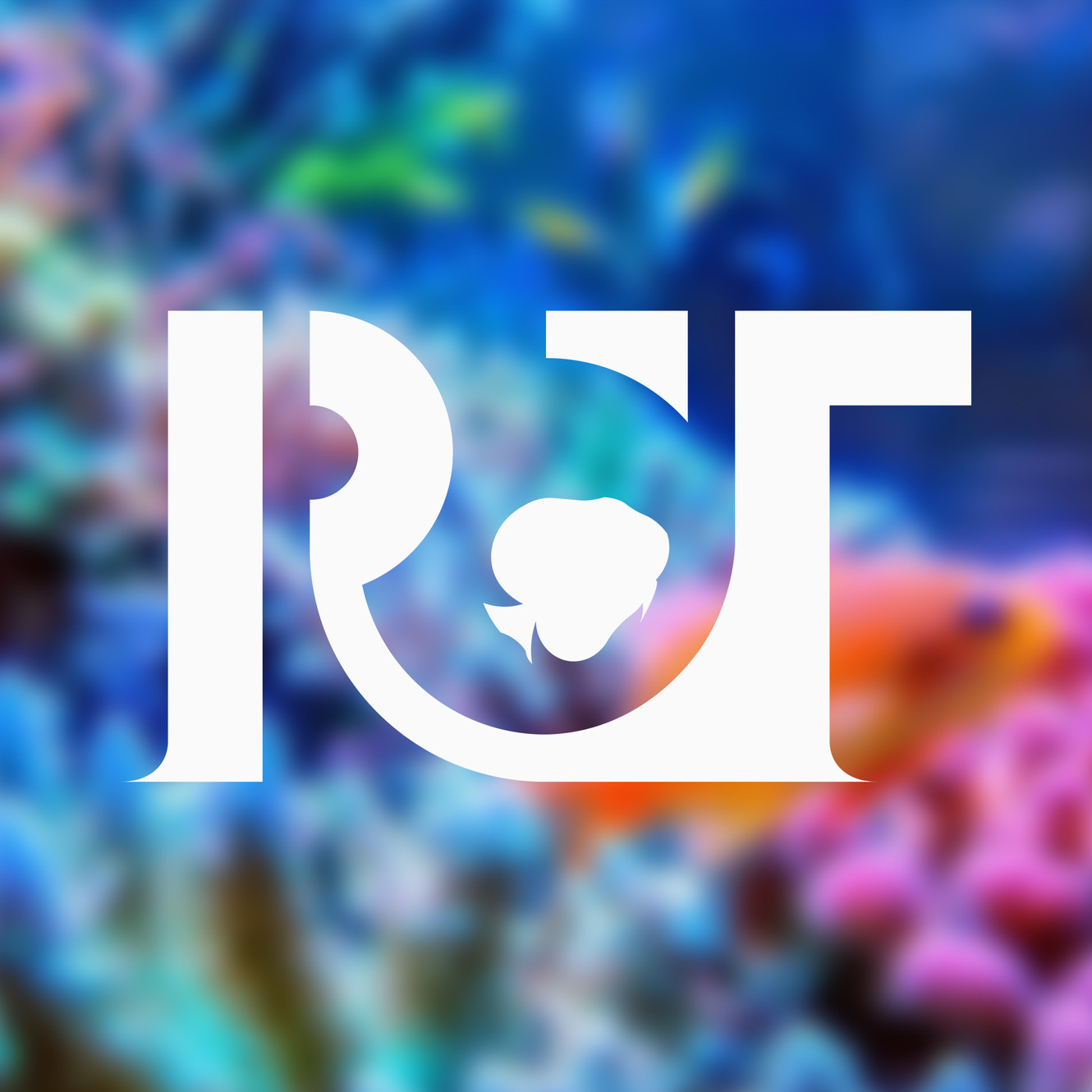
HOME | ROYALTANKS
Nel Blog di Royaltanks parleremo di acquari marini di barriera (Reef), sarà un vero e proprio social dedicato agli acquari, una piattaforma aperta a tutti e in cui sarà possibile parlare di Coralli , pesci tropicali e tanto altro. Informazione e divertimento che si incontrano.
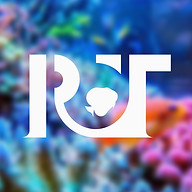 www.royaltanks.com
www.royaltanks.com
And you can follow news about Pucci everyday on my IG account

Marco Capalbo (@royaltanks) • Instagram photos and videos
23K Followers, 5,176 Following, 504 Posts - See Instagram photos and videos from Marco Capalbo (@royaltanks)
 www.instagram.com
www.instagram.com
Last edited:




